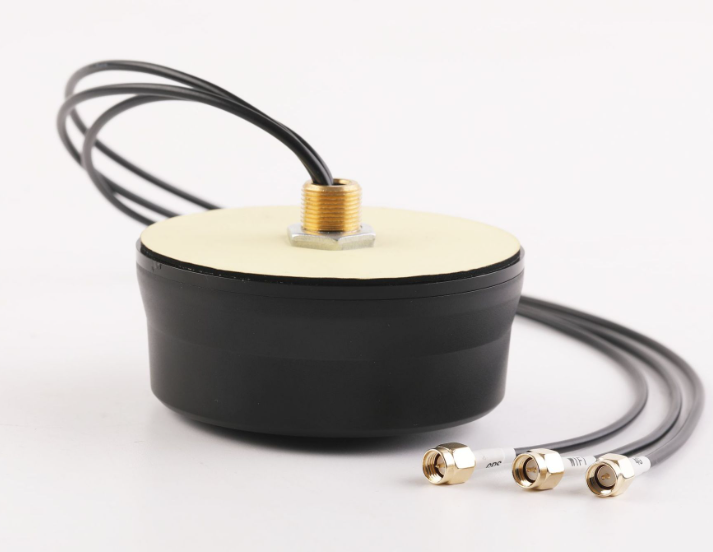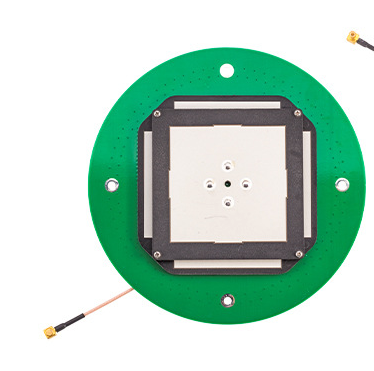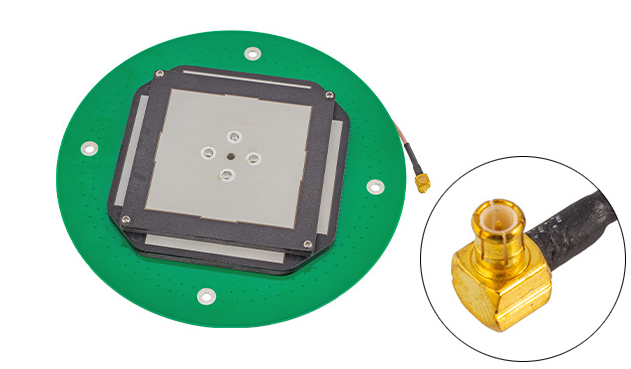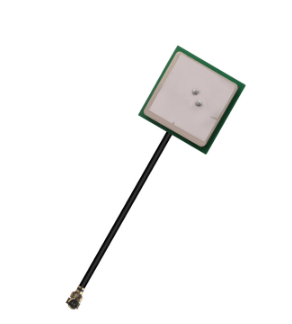GPS equipped with antenna
Introduction to the directory of this article:
Adding Antenna to GPS: a key step to improve Positioning accuracy and signal receiving ability
With the popularization of Global Positioning system (GPS) technology, GPS equipment has been widely used in various fields, such as navigation, map positioning, vehicle monitoring and so on. In practical application, sometimes we will encounter the problem of weak GPS signal or low positioning accuracy. As an effective solution, adding antenna can significantly improve the positioning accuracy and signal receiving ability of GPS equipment. This paper will introduce the relevant knowledge of GPS equipped with antenna in detail.

Basic principle of GPS Antenna
GPS antenna is an important part of GPS equipment. Its main function is to convert the received GPS satellite signal into electrical signal for GPS equipment to process and analyze. The basic principle of GPS antenna includes electromagnetic wave reception, signal conversion and signal demodulation. The installation of antenna means to enhance the ability of GPS equipment to receive signals, so as to improve positioning accuracy and reliability.
The necessity of installing Antenna in GPS
In practical application, GPS signal may be affected by many factors, such as terrain, building, weather, etc. These factors may cause GPS signal to be weak or unable to receive the signal, thus affecting the positioning accuracy and real-time performance. The installation of antenna can effectively enhance the signal receiving ability of GPS equipment, improve the positioning accuracy and reliability, and expand the scope of application of GPS equipment. So that it can maintain good performance in complex environment.
Steps and matters needing attention of installing Antenna in GPS
1. Select the appropriate antenna: select the appropriate GPS antenna according to the actual demand, considering the type, size, gain and other factors of the antenna.
2. Purchase and installation: after purchasing the antenna, install it according to the equipment type and installation requirements. Pay attention to the direction and position of the antenna to ensure that the antenna can receive enough GPS signals.
3. Debugging and testing: after installation, the GPS equipment is debugged and tested to check whether the positioning accuracy and signal receiving ability have been improved.
4, precautions: in the process of installation, avoid damaging the parts of the GPS antenna, ensure the correct wiring, and pay attention to the protection measures such as waterproof and dustproof of the antenna in order to prolong the service life of the antenna.
Advantages of installing antennas in GPS
1. Improve the positioning accuracy: adding antennas can enhance the ability of GPS equipment to receive signals, thus improving the positioning accuracy.
2. Enhance the signal receiving ability: in complex environment, the installation of antenna can make GPS equipment maintain good performance and ensure real-time and accurate positioning.
3. Expand the scope of application: the installation of antenna enables GPS equipment to show good performance in a variety of environments, thus expanding its scope of application.
4. Improve the reliability: by enhancing the signal receiving ability, adding antennas can improve the reliability of GPS equipment and reduce the positioning failure rate caused by signal problems.
Case analysis
Taking a certain type of vehicle GPS navigation system as an example, by installing high-performance antennas, the positioning accuracy and signal receiving ability of the system in urban areas, mountain areas, tunnels and other complex environments have been significantly improved. In practical application, the installed antennas significantly improve the positioning accuracy and reliability of the system, and provide users with a better navigation experience.
Adding antenna to GPS is a key step to improve positioning accuracy and signal receiving ability. Through selecting appropriate antenna, correct installation and debugging, the performance of GPS equipment can be significantly improved. In practical application, adding antenna can make GPS equipment maintain good performance in complex environment and expand its scope of application. For application scenarios that need to rely on GPS positioning, consider installing antenna is a wise choice.




